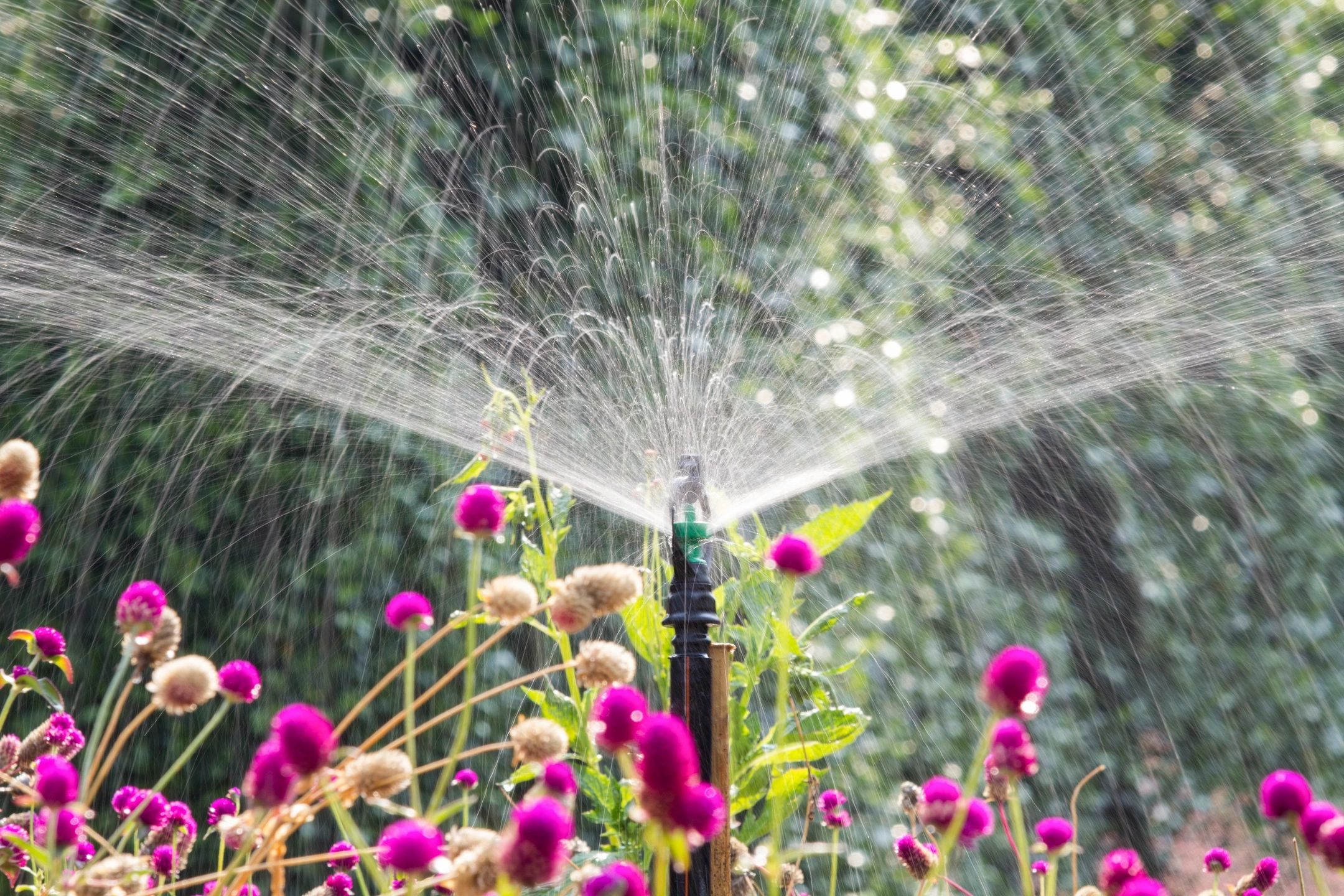Fall Irrigation Changes

In central Florida, fall brings cooler temperatures and shorter daylight hours, which influence plants' water needs. Adjusting irrigation properly during this season can help conserve water, reduce the risk of diseases, and promote healthier landscapes. Here's a guide to adjusting your irrigation in Florida for the fall.
Monitor Seasonal Changes
Florida's fall is milder than other regions, but temperatures do drop, and days become shorter. As a result, plants and lawns require less water. Fall is also typically drier than summer, so while rainfall may decrease, it's still important to avoid overwatering. Watch the weather for rain forecasts and adjust your schedule accordingly, cutting back during dry stretches or skipping irrigation when rain is expected.
Reduce Irrigation Frequency
With the reduced need for water, you can scale back irrigation frequency. During the hot summer months, lawns may need watering two to three times per week, but in fall, this can usually be reduced to once a week or every 10 days. Aim to provide about 1/2 to 3/4 inch of water per application, which is enough to moisten the root zone without causing waterlogging or runoff.
Time Watering to Early Morning
Watering early in the morning, between 4 a.m. and 8 a.m., is optimal in Florida's climate. During these hours, cooler temperatures and lower winds minimize evaporation, so more water reaches the roots. Morning watering also helps foliage dry quickly, reducing the risk of fungal diseases that thrive in moisture.
Use Rain Sensors and Soil Moisture Sensors
Florida law requires irrigation systems installed after 1991 to have rain sensors to prevent unnecessary watering. Ensure your rain sensor is working, and consider adding a soil moisture sensor to measure the moisture level in the ground. These tools automatically adjust your irrigation schedule based on real-time conditions, helping you avoid overwatering, which can damage roots and waste water.
Adjust Sprinkler Zones for Different Plant Needs
Lawns, shrubs, trees, and garden beds have unique water needs, especially in fall. Lawns may need less frequent irrigation, while newly planted trees or shrubs might still require more regular watering. Adjust your sprinkler zones based on plant types and their specific needs, reducing water to established plants and focusing on those that are young or particularly sensitive to drought.
Inspect and Maintain Your System
Fall is a great time to check your irrigation system for leaks, clogs, or misaligned sprinklers that waste water. Adjust spray heads to avoid paved areas and ensure even coverage. Minor fixes improve water efficiency and keep your irrigation system running smoothly.
Adjusting irrigation in fall can reduce water use, protect plants from overwatering, and promote a healthier landscape.
ELT Landscape has some of the best irrigation technicians in central Florida; contact us today if you have any issues with your system.
